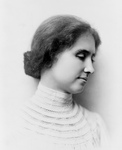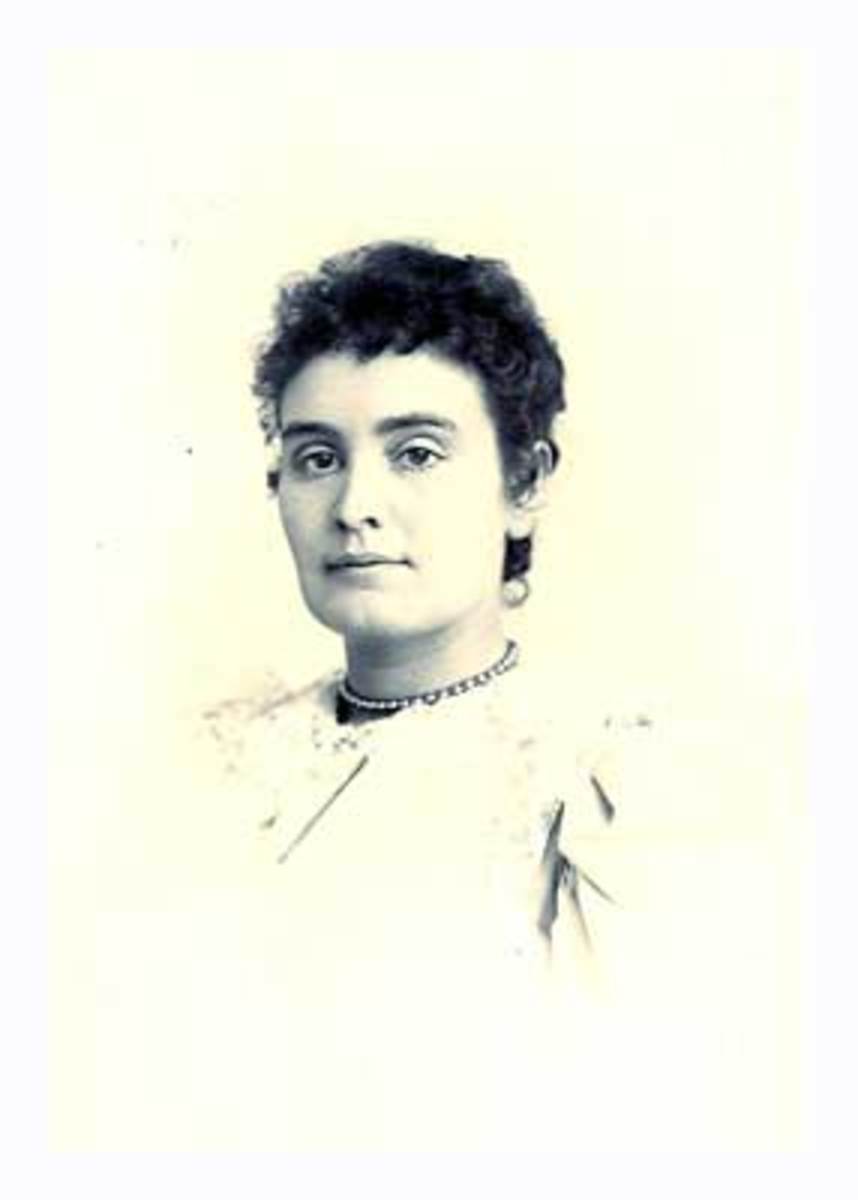Internet For Blind People
Visual Impairment And Other Challenges On The Internet
Imagine the challenges faced for blind internet surfers.
While there is blind technology and low vision aids to help the blind "read" intenet pages, navigation is a nightmare with no "standard" for page design.
Flash designs and fancy graphics look good to the sighted, but for blind people they are they like entering a maze - in the dark. Talking internet and other products for blind internet users cannot cope with complex sites.
There is now a movement to change the way we design internet sites so that even blind children can be taught to navigate them. While at first this may seem to be a challenge, we can take encouragement from a blind girl who challenged the world - Helen Keller.
Breaking The Limitations Of Blindness

A Blind Girl Breaks Down Barriers Of The Blind
Helen Adams Keller (June 27, 1880 – June 1, 1968) was an American author, activist and lecturer. She was the first deaf blind person to graduate from college.
Keller went on to become a world-famous speaker and author. She is remembered as an advocate for people with disabilities amid numerous other causes. Wikipedia
Legal Requirements Of Web Designers
Thanks to the hard work of Helen Keller and other spokes people for the rights of the disabled and deaf blind people the general population realised our responsibilities toward the disadvantaged minority.
In 1995 it became a legal responsibility to make sure no one was being discriminated against with the passing of the DDA (Disability Discrimination Act). The bottom line is that:
- It's unlawful for a service provider to discriminate against a disabled person by refusing to provide any service which it provides to members of the public.
Given that a website is a service provided to the public the DRC (Disability Rights Commission) and RNIB (Royal National Institute for the Blind) have made submissions to apply this law to companies and their websites. The DRC released a report on 1000 websites it investigated and the results were poor. The DRC make the following statement as a result:
- Organisations that offer goods and services on the Web already have a legal duty to make their sites accessible. It is clear from the investigation that these duties are not being fulfilled. The Commission’s policy is to seek improvement in the first instance through advice and conciliation, and this report contains a range of recommendations to help website owners and developers tackle the barriers to inclusive design. However, where the response is inadequate, we shall be vigorous in the use of our enforcement powers; these range from “named-party” Formal Investigations which can lead to sanctions against the owners of inaccessible websites, to the provision of support for test cases being brought by individual disabled people.
No one wants to see disabled people left behind in the technological age so it is prudent that we ensure the internet is accessible for all.
How Blind People Access The Internet
Some of the technology currently available to assist blind and visually impaired internet users include:
Magnification programs that can magnify the contents of the computer screen many times, in much the same way as using a magnifying glass. The limitations being that it requires a lot of scrolling to read a standard page once it is magnified.
Screen readers. Software converting text on the computer screen, or key strokes, to synthesized voice (Voice Output Technology). The limitations of this software being the complex design of many sites do not translate well, and often result in garbled nonsense.
Optical character recognition (OCR) is another form of text recognition and reading technology. It can convert scanned text into a processable or "readable" format. Although not specifically designed for the blind it has been assistive technology blind people have made great use of.
Note takers are similar to the electronic daily organizers generally available, with the added enhancement of screen reader technology and some are equipped with a Braille keyboard.
Braille printers print a hard copy obviously in Braille. New Braille technology can transpose a computer screen shot into Braille in real time. Unfortunately this is also frustrated by the complex nature of many web designs today.








